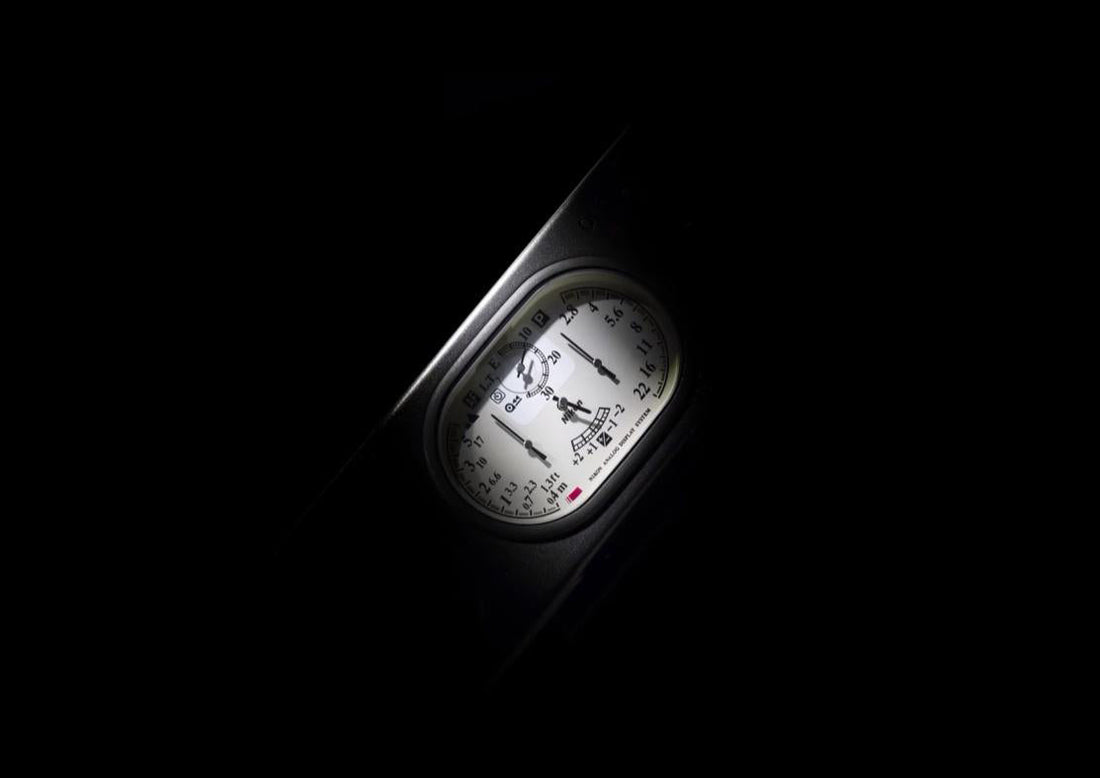
The 10 Most Beautiful Film Point & Shoot Cameras of All Time
Before the digital wave swept across photography, film point-and-shoot cameras were the treasures of both enthusiasts and everyday families. Compact, reliable, and effortlessly stylish, these cameras were more than just tools — they were symbols of an era when design, mechanics, and photography met in perfect harmony.
Why Film P&S Cameras Still Shine
From the late 70s through the 90s, manufacturers poured their best engineering and design efforts into creating these portable gems. The result? Cameras that remain timeless, blending elegant aesthetics with mechanical precision. Here’s our curated list of the 10 most beautiful film P&S cameras ever made.

No.1: Contax T3 (2001)
Highlights: Titanium body, Zeiss Sonnar 35mm f/2.8 lens, lightning-fast AF.
Design keywords: Minimalist, refined, mechanical beauty.
Known as the “King of Point & Shoot,” the T3 is a pocket-sized Leica alternative that exudes elegance. Its titanium shell and understated form make it one of the most coveted street photography companions.

No.2: Konica Hexar AF (1992)
Highlights: Fast autofocus, superb lens quality, whisper-quiet shutter.
Design keywords: Rangefinder-inspired, professional elegance.
Though slightly bulky, the Hexar AF’s build and finish give it the aura of a pro camera. A true sleeper classic that pairs beauty with performance.

No.3: Minolta TC-1 (1996)
Highlights: Ultra-compact titanium body, G-Rokkor 28mm f/3.5 lens.
Design keywords: Tech minimalism, precision engineering.
Credit-card sized yet built to perfection, the TC-1 is an industrial design masterpiece. A collectible that still feels futuristic today.

No.4: Nikon 35Ti / 28Ti (1993/1994)
Highlights: Analog gauge-style display, titanium build, Nikkor optics.
Design keywords: Retro instrument panel, mechanical artistry.
With its dashboard-like dials, this Nikon pair turned a camera into an art object. Few designs have achieved such a perfect blend of engineering and beauty.

No.5: Leica Minilux (1995)
Highlights: Summarit 40mm f/2.4 lens, titanium finish, minimal controls.
Design keywords: Leica simplicity, German elegance.
Low-key yet luxurious, the Minilux carries the signature Leica aura. Its top plate alone is a study in organized beauty.

No.6: Contax T2 (1990)
Highlights: Zeiss Sonnar 38mm f/2.8, titanium shell.
Design keywords: Classic silver, refined curves.
The T2 is perhaps the most iconic of the Contax T series, loved equally for its photographic power and timeless form.

No.7: Olympus XA (1979)
Highlights: Rangefinder design, ultra-compact, sliding lens cover.
Design keywords: Futuristic, space-pod feel.
A bold innovation, the XA’s sliding cover protected the lens and gave the camera a forward-looking style. It remains one of the most portable and unique 35mm designs.

No.8: Fujifilm Klasse W (2006)
Highlights: Super-EBC Fujinon lens, wide 35mm frame, clean UI.
Design keywords: Japanese minimalism, smooth elegance.
With its rounded edges and tasteful typography, the Klasse W epitomizes Fuji’s ability to merge heritage with modern refinement.

No.9: Ricoh GR1v (2001)
Highlights: 28mm f/2.8 lens, accurate metering, fast AF.
Design keywords: Understated black, street shooter style.
Loved by professionals and street shooters, the GR1v is stealthy and functional, embodying the “less is more” design philosophy.

No.10: Yashica T4 Super D (1996)
Highlights: Zeiss T* lens, compact, splash-resistant, unique finder.
Design keywords: Playful, approachable, casual chic.
Despite its plastic body, the T4 Super D remains charming with its quirky design. Affordable, fun, and surprisingly capable.

Film Cameras as Timeless Icons
These cameras weren’t just about taking pictures — they defined an era. Their aesthetic presence and tactile feel still captivate collectors and photographers today. If you’re shooting film or simply admiring the design, pairing them with a handmade camera strap can make the experience even more authentic.

In a world that’s overwhelmingly digital, these point-and-shoot legends remind us that photography is as much about beauty and touch as it is about pixels and resolution.
Author: Yichong Shan


